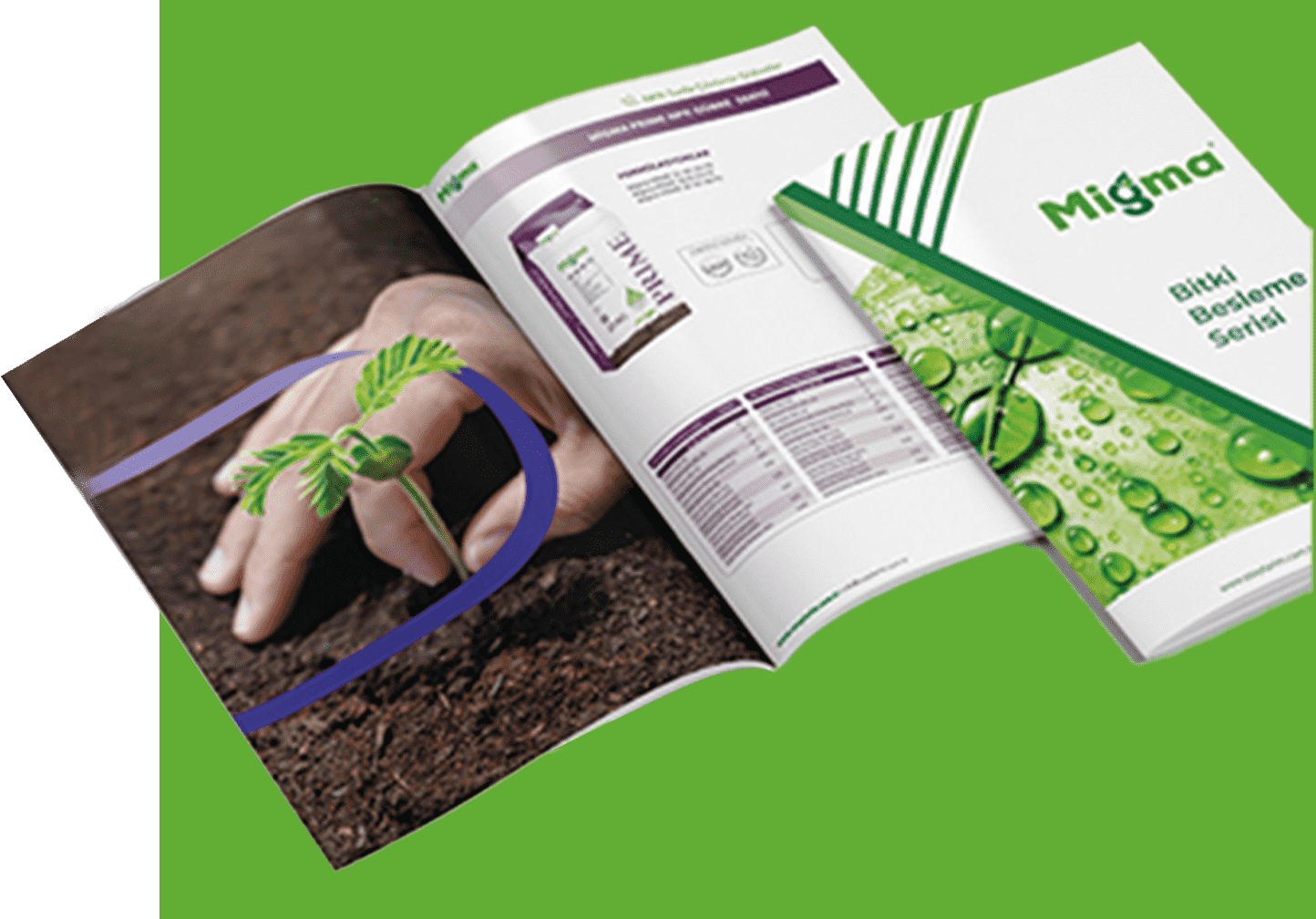Protecting Plants from Diseases with Fertilization:
Protecting Plants from Diseases with Fertilization:
Conduct Soil Testing: Knowing the nutrient content and pH levels of your soil is crucial for determining the type of fertilizer needed. This helps ensure that your plants receive the right amount of nutrients, preventing damage caused by over-fertilization or insufficient fertilization.
What are Plant Diseases?
Root Rot
Common mildew
Also very common powdery mildew disease
Frequent appearance of black spots.
Mealybug
Black Root Rot
Bud Drop
Chlorosis
Fungal Diseases in Plants:
Erysiphe betae is a fungal disease. Powdery mildew causes plants to weaken, prevents flowering, and makes fruits taste unpleasant. Powdery mildew spreads on plant leaves in the form of flour-like patches and accumulated dust. As the disease progresses, leaves and fruits fall off.
Rust Disease in Plants
Rust is a plant disease caused by parasitic fungi. These fungi belong to the subgroup of rust fungi and the larger group of basidiomycetes. The bubbly and variable surface condition of the fungus is known as rust.
Powdery Mildew Disease in Plants
Appropriate fungicides can be used to control powdery mildew diseases. The correct nutrients and fertilizer supplements should be applied according to the plant's type and the specific diseases. The treatment is applied at the beginning of plant development or when disease symptoms appear.
Correct Fertilizer Selection for Tree and Plant Diseases
Using fertilizers that are suitable for the plant's needs is important for preventing plant diseases. For example, macronutrients such as nitrogen, phosphorus, and potassium are essential for healthy plant growth.
Correct Timing for Fertilization Against Plant Diseases
It is best to fertilize during the plant's growing seasons. Fertilization is typically done in the spring and summer months. Avoid fertilizing during the fall and winter, as plants are in their resting phase during this period.
Correct Fertilizer Amount for Plants
Over-fertilizing plants can lead to diseases. An excess of nitrogen, in particular, can make plants more susceptible to diseases. Always follow fertilization instructions and avoid using excessive amounts of fertilizer.
Organic Fertilizer for Plant Health
Organic fertilizers support healthy plant growth while nourishing soil microorganisms that protect plants from diseases. Compost, one of the most common organic fertilizers, enriches the soil.
Regular Watering and Fertilizing
Regularly watering your plants after fertilizing ensures that the fertilizer reaches the roots and helps the plant absorb nutrients. However, excessive watering can lead to nutrient leaching, preventing plants from getting the nutrients they need and potentially causing root rot and other diseases.
Fertilizer Suitable for Plant Type
Each plant type has different nutrient requirements. For example, flowering plants typically need more phosphorus, while leafy plants may require more nitrogen. Choose a fertilizer that suits your plant’s specific needs.
Rotational Fertilizing
Instead of using the same fertilizer every time, rotate between different types of fertilizers to maintain the soil's nutrient balance and provide plants with a variety of nutrients.
Balanced Fertilization for Trees and Plants
It is essential to fertilize plants in a balanced manner. Over-fertilization can lead to excessive growth and make plants more vulnerable to diseases.
Seasonal Fertilizing
Plants require different nutrients in each season. During spring and summer, nitrogen-rich fertilizers are ideal, while during fall and winter, fertilizers containing phosphorus and potassium should be used.
Watering and Fertilizing Balance
It’s important to maintain a balance between watering and fertilizing. Excessive watering can wash away fertilizers, preventing plants from absorbing the nutrients and potentially causing damage.
Avoid Over-Fertilizing Plants
Using too much fertilizer can harm plant roots and make them more susceptible to diseases. Adjust the amount of fertilizer according to the plant's needs.
By following these recommendations, you can protect your plants from diseases and ensure their healthy growth through proper fertilization.
News

 Türkçe
Türkçe
 English
English
 Русский
Русский
 العربية
العربية

